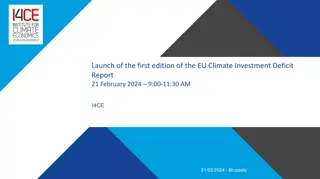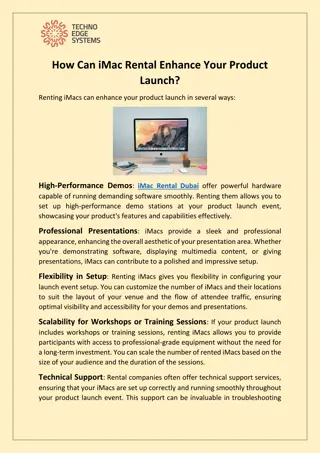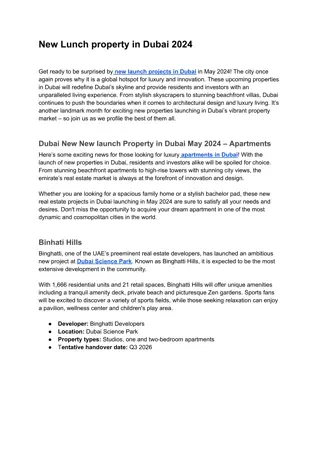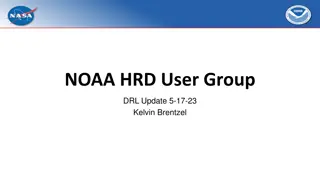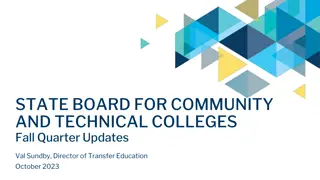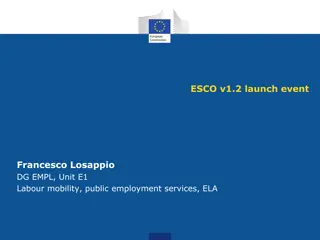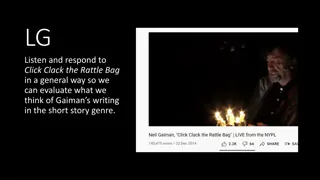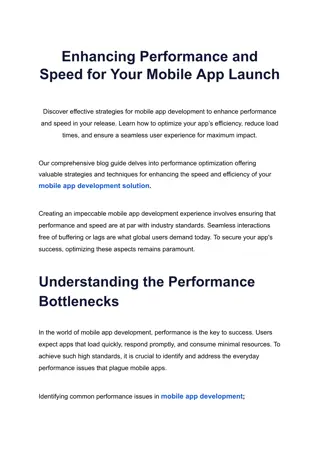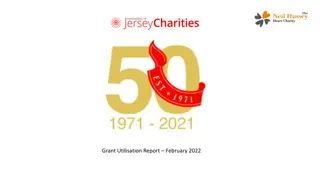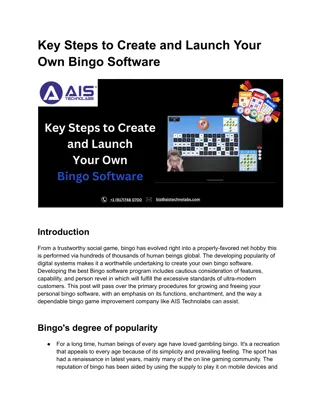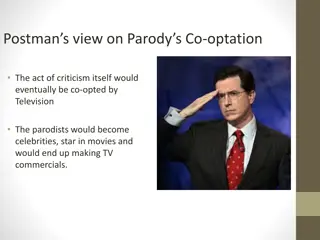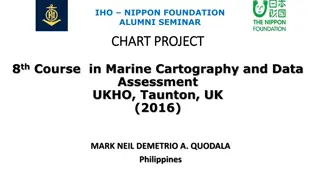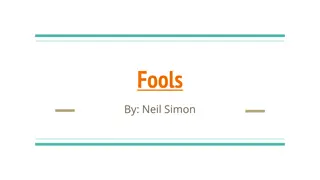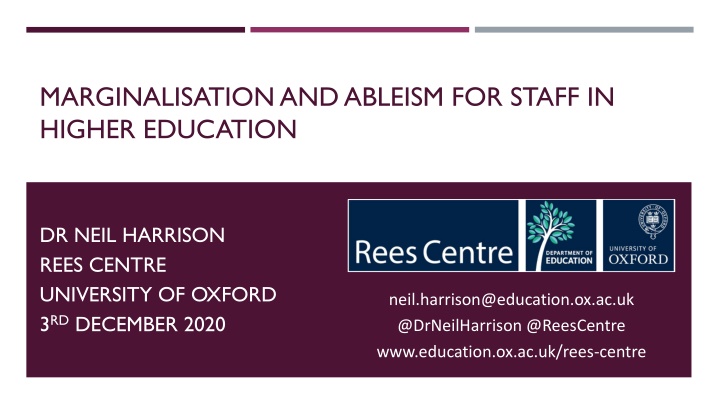
Marginalisation and Ableism in Higher Education Staff
Explore the dimensions of marginalisation and ableism in higher education staff, as discussed by Dr. Neil Harrison from the Rees Centre at the University of Oxford. Learn about societal marginalisation, systemic challenges, and the impact on staff members in academia.
Uploaded on | 2 Views
Download Presentation

Please find below an Image/Link to download the presentation.
The content on the website is provided AS IS for your information and personal use only. It may not be sold, licensed, or shared on other websites without obtaining consent from the author. If you encounter any issues during the download, it is possible that the publisher has removed the file from their server.
You are allowed to download the files provided on this website for personal or commercial use, subject to the condition that they are used lawfully. All files are the property of their respective owners.
The content on the website is provided AS IS for your information and personal use only. It may not be sold, licensed, or shared on other websites without obtaining consent from the author.
E N D
Presentation Transcript
MARGINALISATION AND ABLEISM FOR STAFF IN HIGHER EDUCATION DR NEIL HARRISON REES CENTRE UNIVERSITY OF OXFORD 3RDDECEMBER 2020 neil.harrison@education.ox.ac.uk @DrNeilHarrison @ReesCentre www.education.ox.ac.uk/rees-centre
LIVING WITH THE ENEMY Invisible Autoimmune Unpredictable Cognitive and affective Thankfully painless Broccoli doesn t help !
MARGINALISATION IN EDUCATION Surprisingly little work to date on marginalisation in education Tends to focus on single social groups Engages with a wide array of levers active, tacit or indifferent Questions about whether one needs to feel marginalised or to be recognised as such by society at large (Messiou, 2012) Marginalisation presupposes a group identity and a perfect other (Mowat, 2015) A sense that one does not belong and, in so doing, to feel that one is neither a valued member of a community and able to make a valuable contribution within that community nor able to access the range of services and/or opportunities open to others (Mowat, 2015, p.457)
DIMENSIONS OF MARGINALISATION Synthesised from twelve accounts of marginalised student communities in higher education Marginalisation by society Active or tacit stigmatisation or discrimination within wider society Marginalisation by systems Dissonance with prevailing bureaucratic or technocratic systems Attempt to theorise the macro- practices that lead to educational marginalisation Marginalisation in time/space Compromised ability to access traditionally- configured learning times and spaces Marginalisation by relevance Economic systems that make higher education less applicable to lived lives Potentially useful for understanding marginalisation of university staff too ? Source: Harrison and Atherton (forthcoming)
MARGINALISATION BY SOCIETY The most obvious form of marginalisation through active or passive forms of discrimination A lecturer at my university once told me to my face I had no business being there because I was partially sighted. [ ] He tried to ruin my future because he simply didn t like disabled people (Finesilver et al. Chapter 8) Staff should have protection through the Equality Act 2010, but still subject to micro-aggressions Insinuations of inadequacy from peers, managers, collaborators and students In an ableist society such as academia, this kind of sensitivity and empathy is often foregone not necessarily because of malicious intent, but because of lack of understanding and awareness (Brown Chapter 3) Internalised ableism => self-doubt and imposter syndrome => anxiety and underachievement Own experiences
MARGINALISATION BY SYSTEMS Growth of bureaucratic and technocratic systems to manage expanding higher education Stigma was an aspect of this consideration [to disclose], but often more pressing was the idea that alternative features of identity would become deprioritised in the eyes of other people (Martin Chapter 5) Systems are built around the majority minority groups bolted-in later (if at all) Disclosure risks, definitional conflicts, workarounds and special pleading Disabled academics experience forms of gaslighting [by] convincing them to believe that disability adjustments have been put in place, when in reality they have not (Campbell Chapter 12) Lack of accountability it s the system, not the people => institutional ableism Own experiences
MARGINALISATION BY TIME/SPACE Higher education still heavily bound by constraints of locations, buildings, transport, timetables and assessments I know that I can t rest and recover and recuperate ready for tomorrow, instead I have to sit and write and think and be creative because this manuscript is due in (Leigh and Brown Chapter 10) Assumption that staff can (and will) fit seamlessly into these constraints Our campus is on a hill and I m timetabled to get from one side to the other in five minutes. I can t do this in my wheelchair. [ ] It s a failure of timetabling and estates planning which leaves me frustrated and exhausted (Martin Chapter 5) Interplay and exchangeability between time and space Disability and unpredictability Own experiences
CONCLUDING THOUGHTS Strong parallels between the marginalisation of student groups and the marginalisation of disabled academic staff Action needed across the three dimensions outlined here e.g. Better awareness training for staff Greater clarity around disclosure processes, risks and benefits Root-and-branch rethink of accessible learning spaces and times An onward question: are there other dimensions of marginalisation that are specific to disabled academics?
REFERENCES Harrison, N. and G. Atherton (forthcoming 2021) Marginalised communities in higher education: disadvantage, mobility and indigeneity. Abingdon: Routledge. Messiou, K. (2012) Confronting marginalisation in education: a framework for promoting inclusion. London: Routledge. Mowat, J. (2015) Towards a new conceptualisation of marginalisation, European Educational Research Journal 14(5): 454-476.


